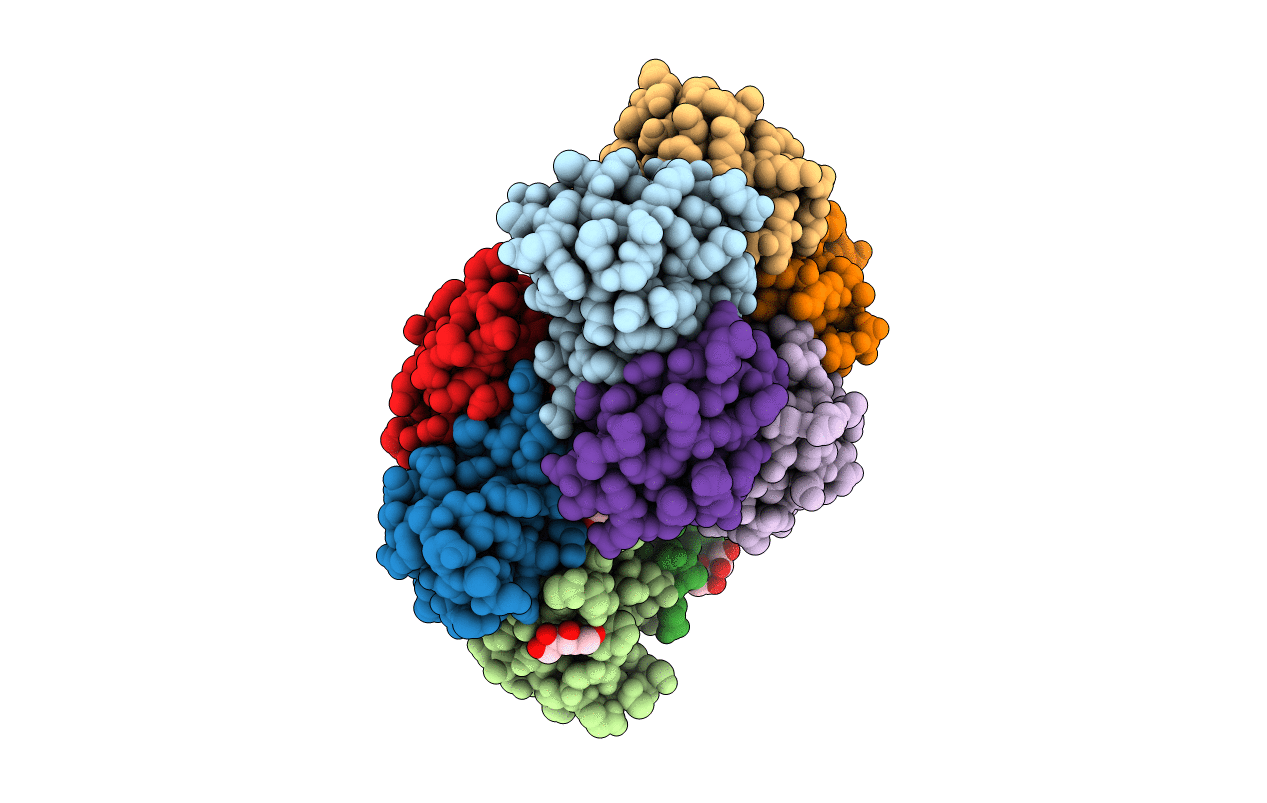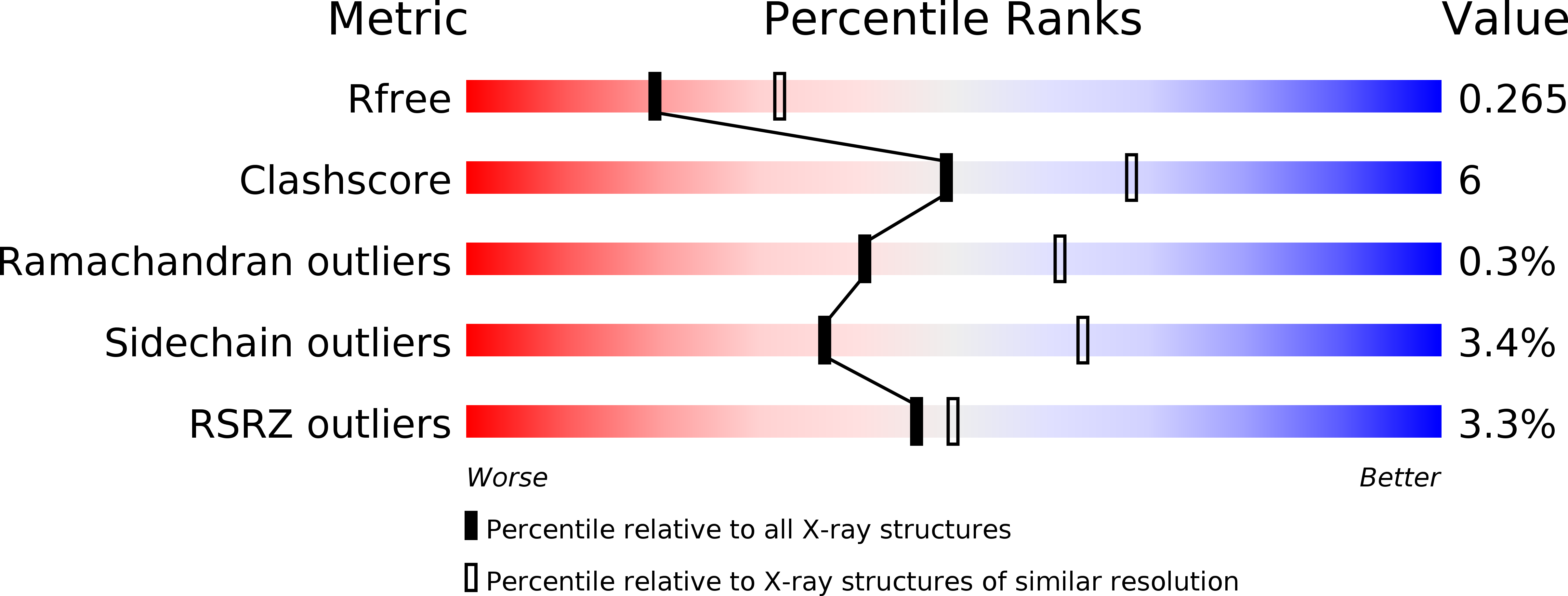
Deposition Date
2010-05-07
Release Date
2011-01-12
Last Version Date
2024-11-20
Method Details:
Experimental Method:
Resolution:
2.49 Å
R-Value Free:
0.26
R-Value Work:
0.20
R-Value Observed:
0.20
Space Group:
C 1 2 1


